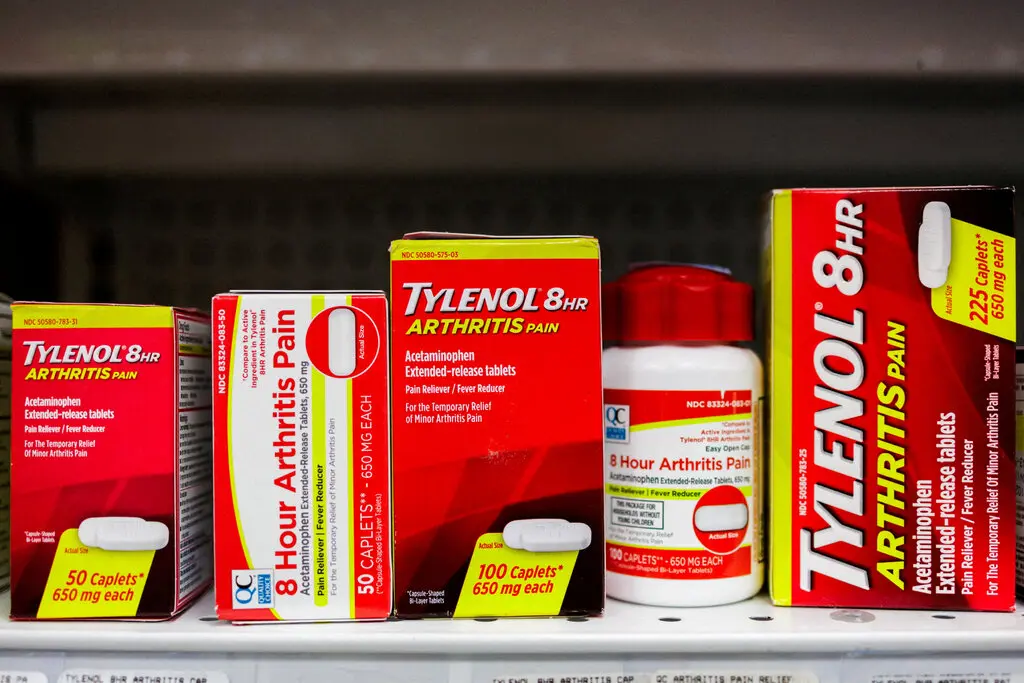In a strategic move poised to reshape the consumer health and personal-care landscape, Kimberly‑Clark Corporation has announced its intention to acquire Kenvue Inc. in a cash-and-stock transaction valued at roughly US $40 billion (with enterprise value nearing US $48 billion). The deal will bring together two major players in household and health brands and is expected to close in the second half of 2026.
The Deal at a Glance
- Kimberly-Clark will offer approximately US $3.50 in cash plus 0.15 of its own shares for each Kenvue share, valued around US $21.01 per share.
- Post-transaction, the combined company is projected to generate around US $32 billion in annual revenues, with adjusted earnings before interest, taxes, depreciation and amortisation (EBITDA) of around US $7 billion.
- The deal aims for roughly US $2.1 billion in annual cost synergies once fully integrated.
- Kimberly-Clark shareholders will control about 54 % of the merged entity, with Kenvue shareholders holding the remaining 46 %.
- The acquisition will bring together Kimberly-Clark’s trusted household brands such as Kleenex, Huggies and Cottonelle with Kenvue’s health-and-wellness portfolio including Tylenol, Listerine, Neutrogena, Aveeno and Band-Aid.
Why This Matters
- Scale & positioning: The move significantly deepens Kimberly-Clark’s presence in the consumer health segment and positions the combined business as a major force in both household essentials and wellness products.
- Brand portfolio logic: By combining everyday tissue and hygiene products with health-and-medication brands, the merged company gains a diversified set of cash-generating assets across categories and geographies.
- Market timing: With interest rates expected to fall and deal financing easier, the transaction appears to reflect a renewed appetite for large-scale consolidation in the consumer goods space.
- Risk-reward balance: While the potential upside is notable, the acquisition comes with embedded risks—Kenvue has faced leadership turnover, legal pressures (including lawsuits linked to legacy products) and a steep decline in its independent share price this year.
Key Risks and Strategic Considerations
- Legal and reputational overhang: Kenvue has been under scrutiny related to its Tylenol brand and allegedly delayed litigation claims. Though no scientific consensus has established the contested links, the presence of unresolved legal exposure introduces uncertainty.
- Integration challenge: Merging two large organisations with distinct cultures, supply chains and geographic footprints presents execution risk. Retaining brand equity and maintaining innovation momentum will be critical.
- Consumer-spending headwinds: The household goods sector faces a shifting consumer landscape: rising value sensitivity, inflation-driven cost pressures and changing retailer dynamics. Success will depend on how well the combined company adapts to evolving shopping patterns.
- Financing burden: The transaction involves significant debt and cash outlay at a time when macroeconomic uncertainty persists. Investors signalled caution, as seen in Kimberly-Clark’s stock drop following the announcement.
Strategic Implications for Stakeholders
- Retailers and distributors: They may gain from an extended product suite under one supplier, offering improved bundling, logistics scale and global reach.
- Consumers: In the medium term, one hopes expanded innovation and improved economies of scale will benefit consumers (e.g., more product introductions, improved pricing stability).
- Investors: The deal reflects faith in brand strength as a differentiator even amid packaged-consumer-goods commoditisation. However, returns will depend on disciplined execution of cost synergies and growth in emerging markets.
- Global markets: For regions like Asia, Latin America or Africa where both companies already have footprints, the combined entity may invest more heavily and compete more aggressively for market share.
Outlook
If regulators approve the merger, the coming 18–24 months will be critical. Integration plans, leadership appointments and early productivity gains will set the tone for market confidence. Assuming smooth execution, the company intends to leverage its global scale, broaden its innovation engine and seek growth in faster-growing segments such as wellness, skin health, and value-based hygiene products.
For now, the announcement signals a bold bet: that strong, recognisable brands combined with global reach and scale remain a winning formula in consumer health, even as shoppers and supply chains go through profound change.
















Leave a Reply